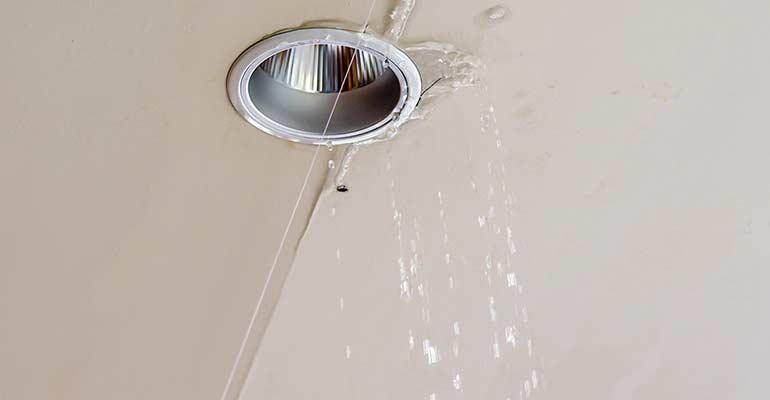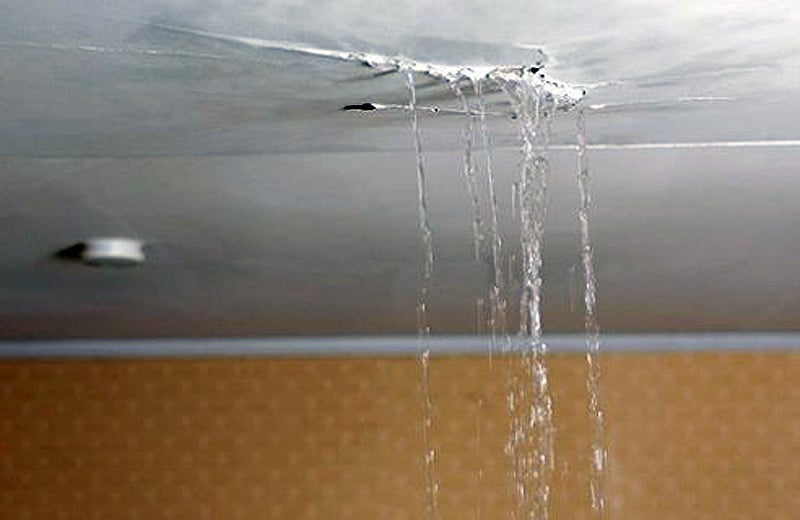Expose Common Roots of Leak Problems Inside Your Home
Expose Common Roots of Leak Problems Inside Your Home
Blog Article
The writer is making a few great points on the subject of How to detect water leaks in your home as a whole in this great article down the page.

Leaks not only cause waste of water yet can also cause unneeded damages to your house and also advertise undesirable natural development. However, water leakages may go unnoticed since the majority of the pipework in our home is concealed. By looking and also comprehending for daily circumstances that trigger leakages, you can safeguard your residence from future leakages and unnecessary damage. Today, we will certainly take a look at 6 leakage creates that may be causing your pipes to trickle.
Immediate temperature adjustments.
Severe temperature adjustments in our pipes can cause them to expand and also get all of a sudden. This development and also contraction might trigger cracks in the pipes, particularly if the temperature level are below freezing. It would be best if you watched on just how your plumbing works. The presence of the previously mentioned conditions regularly shows a high risk.
Rusty water systems
As time goes by, your plumbing system ages as well as deterioration such as corrosion may begin eating away the pipes. This might be the source of discoloration or warping on your pipes. This calls for an inspection with your plumber right away. If our plumbing system is old, consider replacing the pipelines given that they go to a greater risk of corrosion than the newer designs.
Defective Pipe Joints
The point at which your pipes connect is often the weakest link in the waterline. Pipeline joints can deteriorate over time, resulting in water leaks. The bulk of pipeline joints are not easily visible. If you have loud pipelines that make ticking or banging sounds, specifically when the hot water is turned on, your pipe joints are possibly under a lot of stress. It is advisable to have your plumber check your system annually.
Trespassing origins
The majority of water leaks begin outside the house rather than inside it. You could notice wet patches or sinkholes in your backyard, and that might indicate that tree origins are getting into water lines causing water to seep out.
Poor Water Connectors
At times, a leak can be caused by loosened tubes as well as pipes that provide your devices. Usually, changing is what causes the loosened water Connections. You might find in the case of a washing machine, a pipe might spring a leak because of shaking throughout the spin cycle. In case of a water connections leak, you may observe water running directly from the supply line or puddles around your devices.
Obstructed Drains
Blocked drains might be bothersome and also inconveniencing, yet they can sometimes wind up triggering an overflow causing rupture pipes. Maintain removing any kind of products that may drop your drains that could block them to avoid such troubles.
All the above are reasons for leakages but not all water leaks result from plumbing leakages; some leakages could come from roofing system leaks. All leaks need to be repaired immediately to stay clear of water damage.
Leakages not just cause waste of water but can additionally trigger unneeded damage to your residence and also promote unwanted natural development. By looking and also understanding for everyday situations that cause leakages, you can safeguard your residence from future leaks and unnecessary damage. Today, we will look at six leakage triggers that may be causing your pipes to drip.
At times, a leakage can be triggered by loose pipes and also pipelines that provide your appliances. In case of a water links leakage, you might see water running straight from the supply line or puddles around your appliances.
How To Check For Water Leak In Your Home
How To Check for Leaks
The average household's leaks can account for nearly 10,000 gallons of water wasted every year and ten percent of homes have leaks that waste 90 gallons or more per day. Common types of leaks found in the home are worn toilet flappers, dripping faucets, and other leaking valves. These types of leaks are often easy to fix, requiring only a few tools and hardware that can pay for themselves in water savings. Fixing easily corrected household water leaks can save homeowners about 10 percent on their water bills.
To check for leaks in your home, you first need to determine whether you're wasting water and then identify the source of the leak. Here are some tips for finding leaks:
Take a look at your water usage during a colder month, such as January or February. If a family of four exceeds 12,000 gallons per month, there are serious leaks.
Check your water meter before and after a two-hour period when no water is being used. If the meter changes at all, you probably have a leak.
Identify toilet leaks by placing a drop of food coloring in the toilet tank. If any color shows up in the bowl after 10 minutes, you have a leak. (Be sure to flush immediately after the experiment to avoid staining the tank.)
Examine faucet gaskets and pipe fittings for any water on the outside of the pipe to check for surface leaks.
Undetected water leaks can happen without the home or business owner even realizing. If you suspect a water leak, but not able to find the source. It is time to contact a professional water leak detection service, The Leak Doctor.
How To Find a Water Leak In Your Home
https://www.leakdoctor.com/blog/How-To-Check-For-Water-Leak-In-Your-Home_AE197.html

We were made aware of that editorial on Most Common Causes of Leaky Pipes from an associate on another web page. Liked our article? Please share it. Let someone else locate it. I enjoy reading our article about How to detect water leaks in your home.
Quality-driven emergency plumbing solutions. Report this page